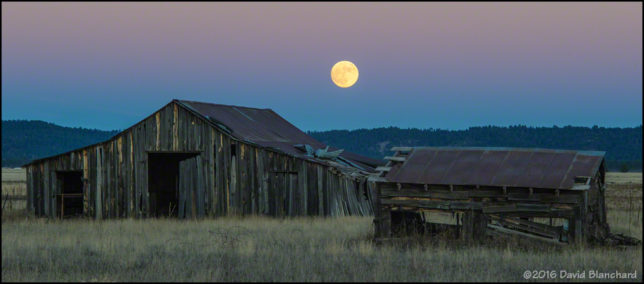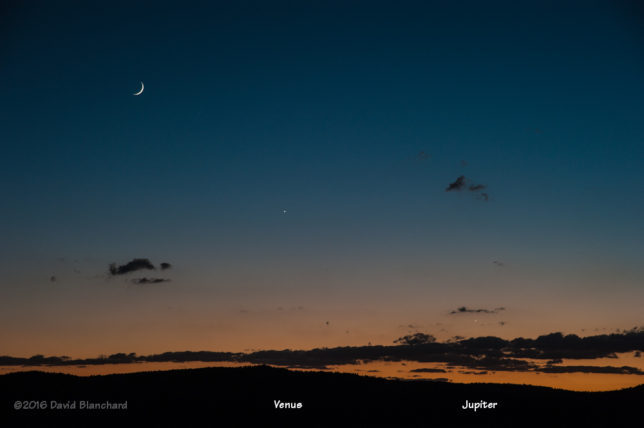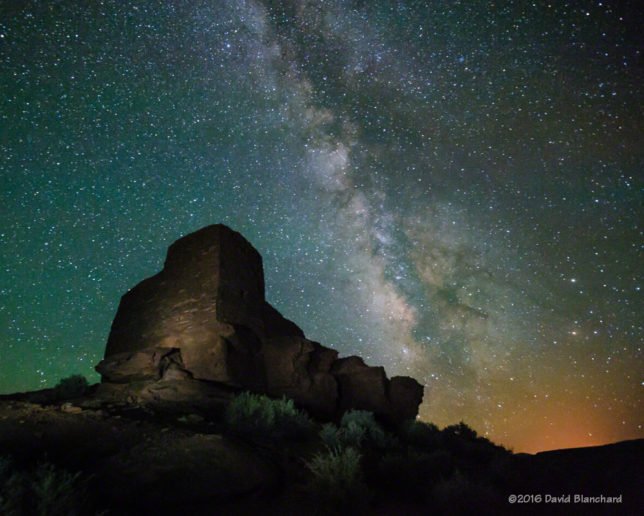Back in late summer, I had a chance to capture multiple long-exposure images of a portion of the Milky Way that is rich in star clusters, nebulae, and dust clouds. I had seen some online images of the Lagoon Nebula (M8) and was certain that it was bright and large enough to capture with a DSLR camera and small telephoto lens.

The image above is a stack of 11 photographs. Why stack multiple images? Single exposures of the faint details in the night sky will usually have a lot of noise. Stacking multiple exposures will help eliminate random noise in the image and improves the overall signal-to-noise ratio. Even Hubble Space Telescope stacks images!
These images were shot at ISO 800, 60 second exposure, and f/2.8 aperture. The lens is the Nikon AF-S NIKKOR 85mm f/1.8G. The camera was mounted on an iOptron SkyTracker. Image stacking was done using Deep Sky Stacker. The stacked image was then post-processed in Photoshop using the Astronomy Tools Action Set.
The other Messier objects in this image include:
- M17 Omega Nebula
- M20 Trifid Nebula
- M21 Open Cluster
- M22 Globular Cluster
- M23 Open Cluster and the
- rho Ophiuchi dust bands

The image below is a screen shot from the free and open-source application Stellarium and shows the approximate location of the images above.






